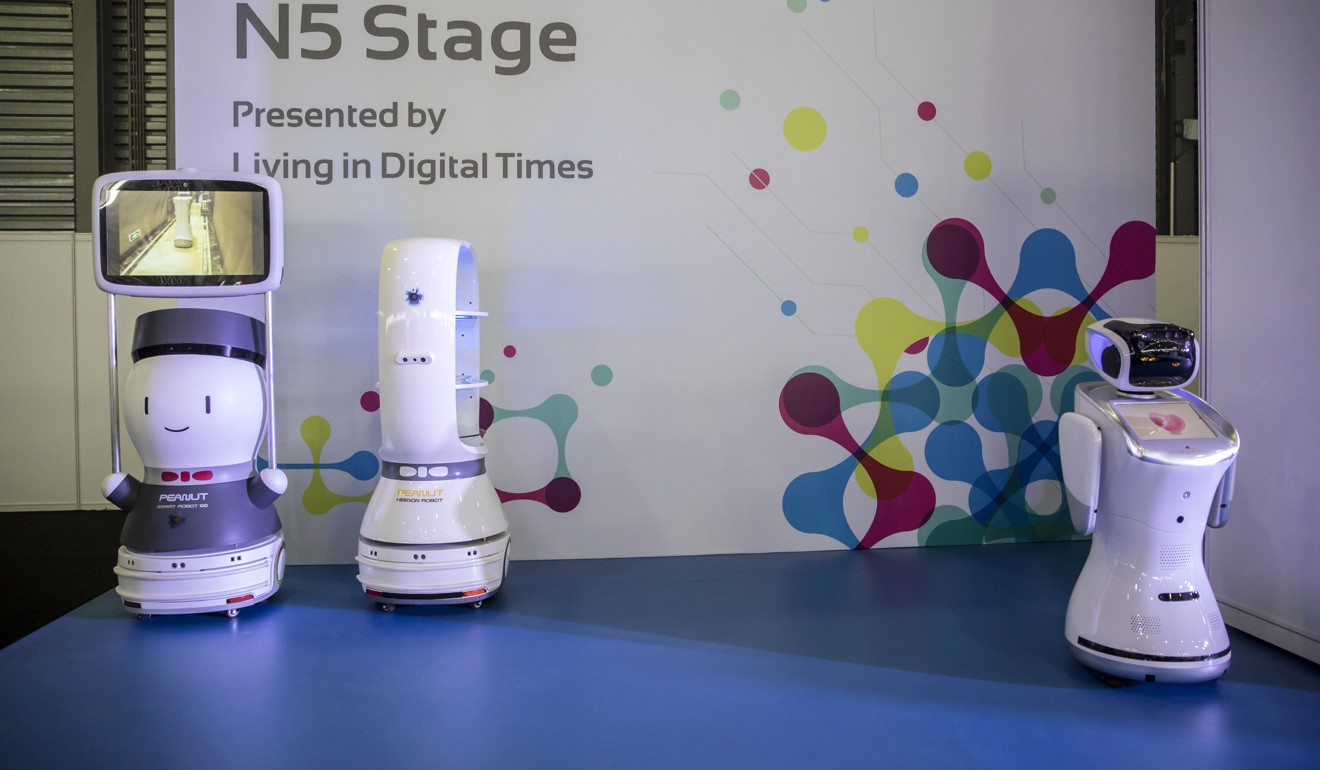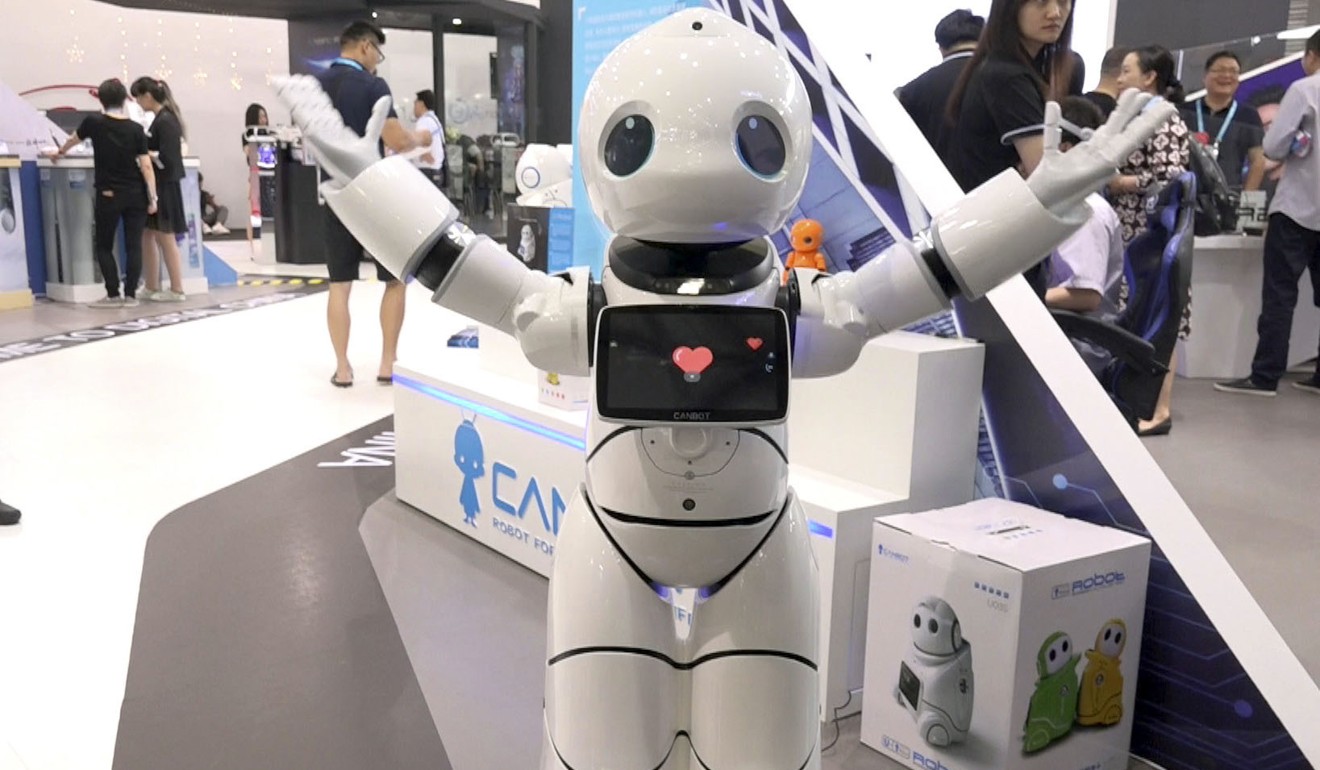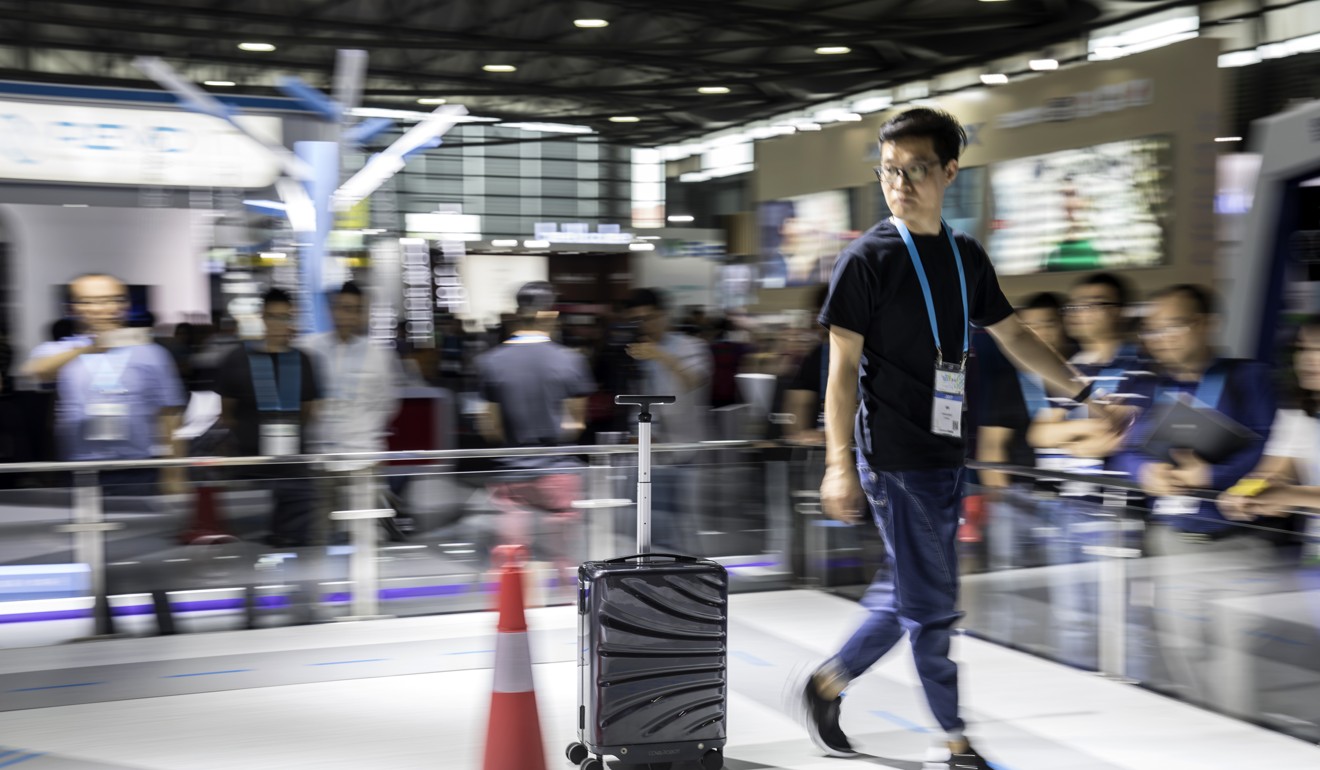
Robots, VR and AR dominate the third Consumer Electronics Show Asia in Shanghai
It may be far smaller than the Las Vegas parent event, but with many products and launches for the region’s booming tech sector, CES Asia can no longer be considered wet behind the ears
Robots and robotics stole the limelight at the third edition of the Consumer Electronics Show (CES) Asia, which was held this month at the Shanghai New International Exhibition Centre to showcase China’s most innovative companies.

PowerVision’s PowerRay, a robotic drone for ice-fishing, pulled the biggest crowds. The PowerRay can swim to 30m below the surface, use its own sonar system to find fish, then stream 4K Ultra HD videos – of fish – up to the lazy fisherman’s smartphone.

There were plenty of other more terrestrial robots on show. A fleet of AvatarMind’s iPal robots were busy singing away in unison, while the Qihan Sanbot – a service droid designed to work in shops, or help around hospitals – was strutting its stuff (actually its flipper-like arms) on the catwalk over on the “robots on the runway” stage.

Not far away was Canbot U03s, which is basically a colour touch screen with built in cameras, speakers, Wi-Fi and Bluetooth, and Pudu, an automated trolley that waits tables, but can only manage a four-hour shift.
The stand for Beijing-based company Roobo was also buzzing with robots, including Domgy, a “family friend” that appears to be a blend of an obstacle-avoiding robot vacuum cleaner and a smartphone. Able to sing, tell stories and operate lights (and anything else around a smart home), Domgy can also recognise faces and voices.

A more intelligent version for grown-ups, Farnese is much larger and can hold conversations. It’s destined for a future giving directions and advice in banks, shops, exhibition halls and airports.
The airport does seem destined to become a more robotic environment: almost as popular as the PowerRay was the Cowarobot R1, a robotic suitcase that uses a motor, a SIM card and a smartphone app as it precision manoeuvres around airports. Going at 4½mph for 12 miles, it can even move up and down 15-degree inclines.

Another, more advanced form of robotics had most of one hall at CES Asia to itself. Leaping on the boom in automated car development – particularly in China – the event also found room for concept cars from the likes of Hyundai, BMW and Honda, while local tech giant Baidu announced its “Apollo Plan” to provide an open platform for the autonomous driving industry.

Virtual and augmented reality was still everywhere, with Chinese company Pico debuting its new VR headset, which was probably the biggest unveil at CES Asia.
Built around a the same Qualcomm Snapdragon 820 processor found in flagship Android smartphones from the likes of Samsung and LG, the Pico Goblin was being shown prior to its global launch at the E3 gaming expo, which was also held this month in Los Angeles. The headset doesn’t just cut out the cables, but also does away with using a phone as the source of VR.
The robots are coming: here are some jobs that won’t exist in 10 years
Augmented reality headsets also took their turn, with the voice-operated Solos smart sunglasses putting fitness performance tracking data in the field of vision of cyclists.
The consumer electronics market in China is among the fastest-growing in the world, estimated by the Consumer Technology Association (which organises the annual trade show) to be worth 2.1 trillion yuan (HK$2.41 trillion) in 2017, with a projected 5 per cent growth rate into 2018.
Chinese will use 86 million virtual reality headsets within five years
Whether the wacky concepts on show at CES Asia will sink or swim remains to be seen, but the show’s third annual outing had more than enough to keep tech fans entertained. It may be a far smaller show than the Las Vegas mother ship, but with unique innovations such as washable electrics and underwater drones, CES Asia can no longer be considered wet behind the ears.

